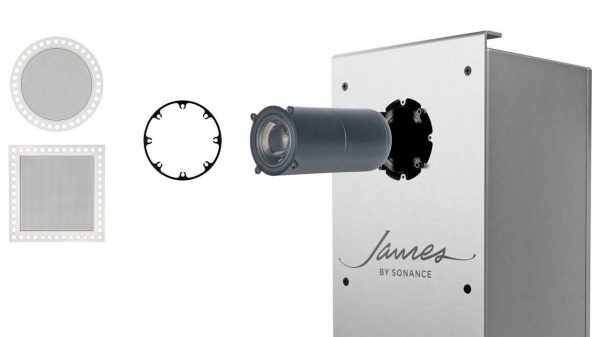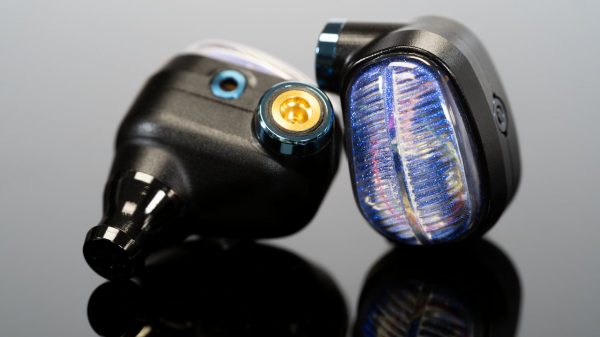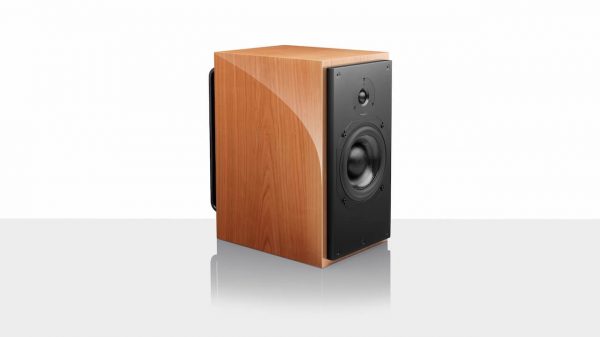SONY UNVEILS NEW HDV CAMCORDER FOR PROFESSIONAL VIDEOGRAPHERS
New Model Features First Professional HD Application of Sony’s CMOS-based Enhanced Imaging Processor Technology
PARK RIDGE, N.J., May 17, 2005 — Sony is expanding its lineup of HDV products for professionals with the new HVR-A1U model, based on a 1/3-inch, 3-megapixel Complementary Metal Oxide Semiconductor (CMOS) imager.
Sony has improved upon the key attributes of traditional CMOS sensors with proprietary technology, and this innovative CMOS device is also accompanied by Sony’s Enhanced Imaging Processor (EIP).
The EIP enables the high-speed processing required for capturing high-definition video images, and allows an HDV camcorder to record and playback high-quality still images. The first professional high-definition application of this enhanced imaging technology is in the HVR-A1U model. EIP technology is also at the core of a new consumer product counterpart, the Sony HDR-HC1 Handycam.
“The combination of a 3-megapixel CMOS sensor with our Enhanced Imaging Processor enables a camcorder to capture and process high-definition video and still images with unprecedented levels of gradation and detailed image reproduction,” said Bob Ott, vice president of professional video and audio products for Sony Electronics’ Broadcast and Production Systems Division. “Building on our long history of imager and camera development, we’re now offering our customers yet another option to choose from among the many diverse HD acquisition tools in the Sony product family.”
A Family of HDV Products for Professionals
The new HVR-A1U HDV camcorder complements Sony’s first entry into the professional HDV market, the HVR-Z1U. Introduced last fall, more than 37,000 units of Sony HDV products have already been delivered to customers worldwide.
The new HVR-A1U model now offers professional videographers another option for the capture and playback of HD images. The HVR-A1U offers many of the same features as the HVR-Z1U, such as balanced audio, XLR inputs, SMPTE timecode and a Carl Zeiss Vario-Sonnar T* Lens. However, its smaller footprint makes this camcorder ideal for applications where space is at a premium or extreme mobility is required. For example, potential applications may include mounting on a skydiver’s helmet or placement on the hood of a racecar.
Sony’s CMOS sensor produces natural and rich tones for both light and dark areas of an image. To achieve wide dynamic range, EIP technology employs an algorithm that separates image data into its texture patterns and brightness components.
CMOS-based technology helps eliminate the presence of smear, which is created by vertical bands of bright light stretching from the top to the bottom of an image’s “bright areas” and occurs when something extremely bright like a pin-point light source is shot.
Sony has reduced the size of the transistors within an image’s pixel matrix, allowing for a larger area of the photo-sensitive portion of the pixel and enabling more light to be taken in than with a conventional CMOS sensor. In addition, the Correlated Double Sampling circuits on the sensor achieve extremely low-noise image quality.
Sony’s CMOS-based sensor circuitry runs at lower voltage and consumes less power than conventional CCD-based processors, resulting not only in longer battery life but also allowing for the use of smaller batteries so the camcorders can be smaller overall.
The HVR-A1U can record and playback HDV, DVCAM and DV content, with the ability to down-convert footage into standard definition. A wide-screen Hybrid LCD monitor is also included. Other key features include:
- Still image capture – Maximum pixel size for still images is 2.8M (1920×1440) pixels in Memory Mode. Users can record 1.2M (1440×810) pixels in Tape and Play/Edit Mode.
- Histogram Indicator – Users can check the brightness of an object and easily adjust exposure by viewing this graphical presentation.
- Tele Macro – This feature enables users to capture a macro image from a distance, especially useful for shooting smaller moving objects, and it also provides the ability to make subjects more prominent against a backdrop and to suppress shadow projection.
Professional Media Optimized for HDV Applications
Sony’s highest-quality 6mm videotape, DigitalMaster, is the recommended professional media for HDV applications. These 63-minute cassettes (model PHDVM63DM) use Sony’s AME (Advanced Metal Evaporated) II Technology and its unique dual-active magnetic layers.
By improving on an already successful product, the new AME II manufacturing process employs Hyper Evaticle IV magnetic grains, improved lubricants, and a refined Diamond-Like Carbon (DLC) layer. DigitalMaster tape exhibits greater packing density of magnetic grains, higher retentivity, higher output and lower noise. The result is a more robust tape with 60% fewer dropouts and 90% fewer errors.
The HVR-A1U HDV camcorder is expected to be available in early fall, at a suggested list price of less than $3,500.
























